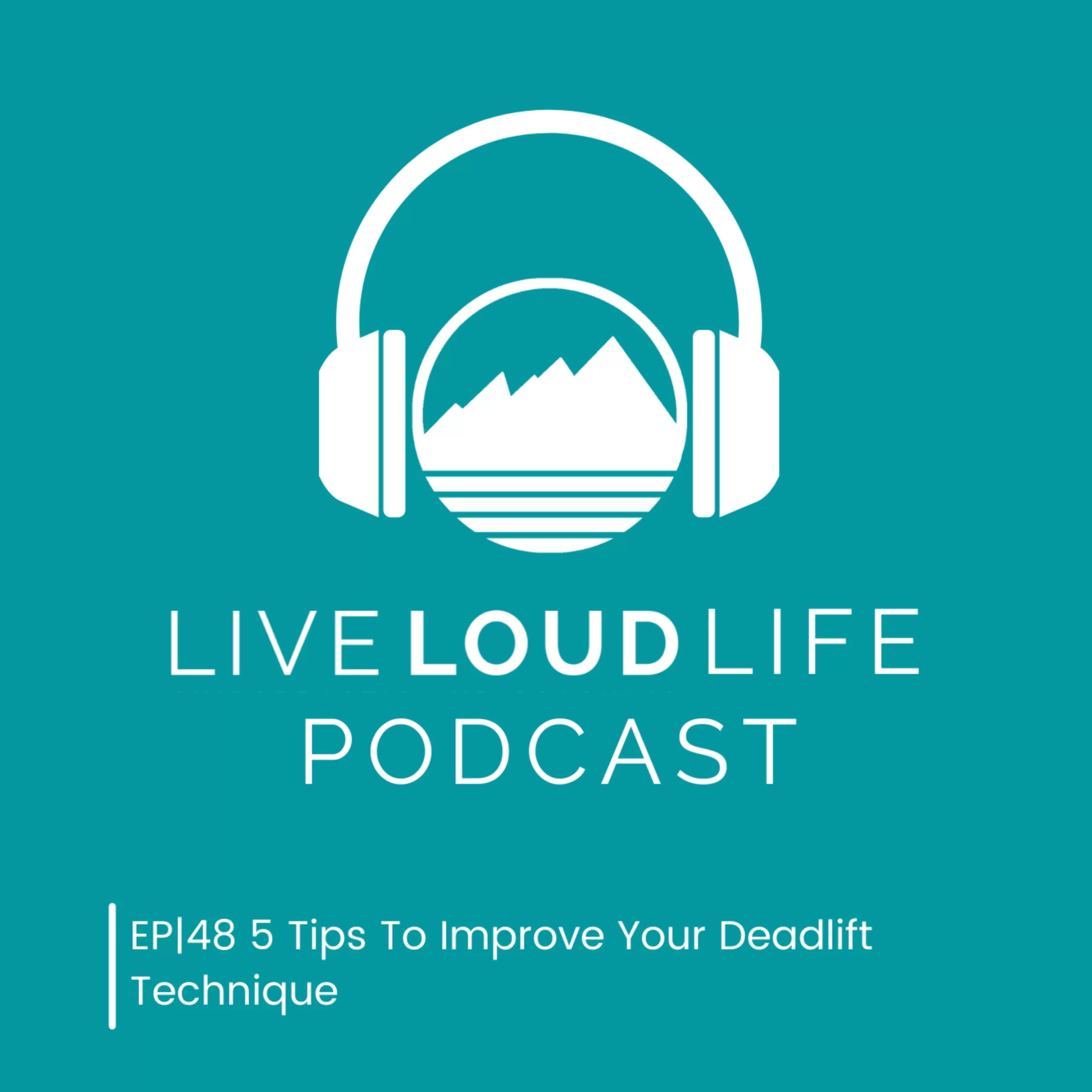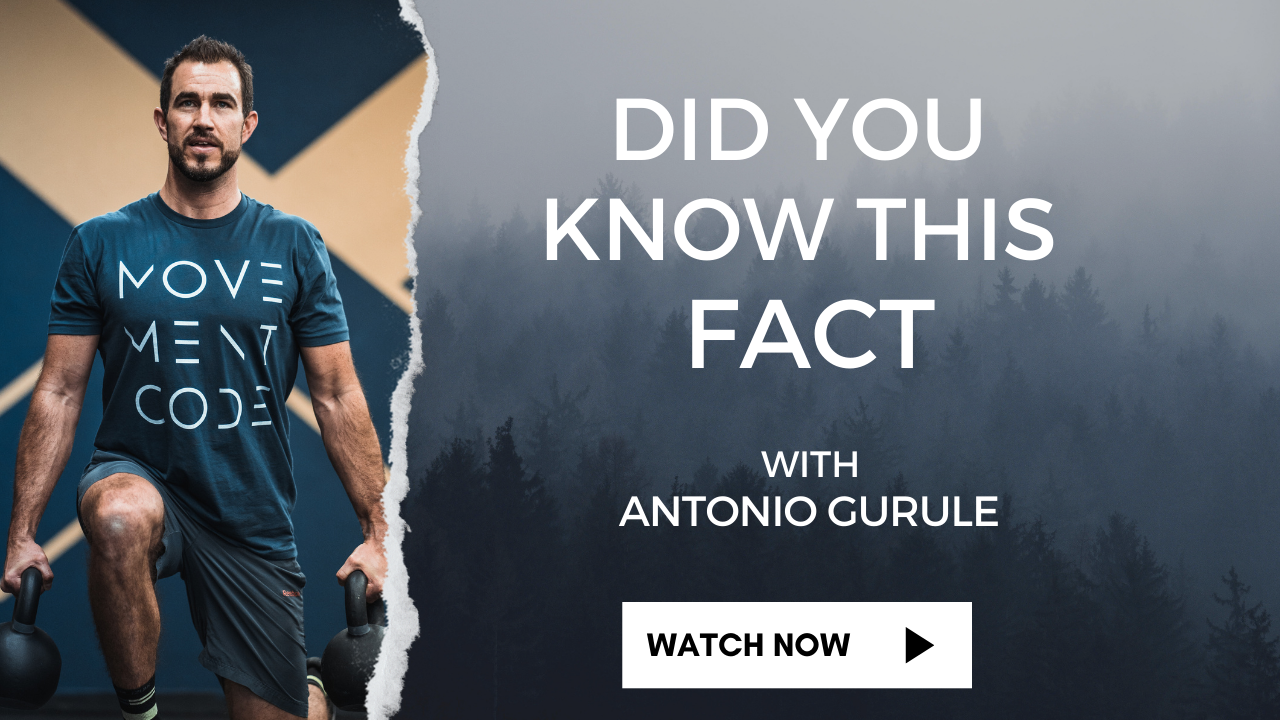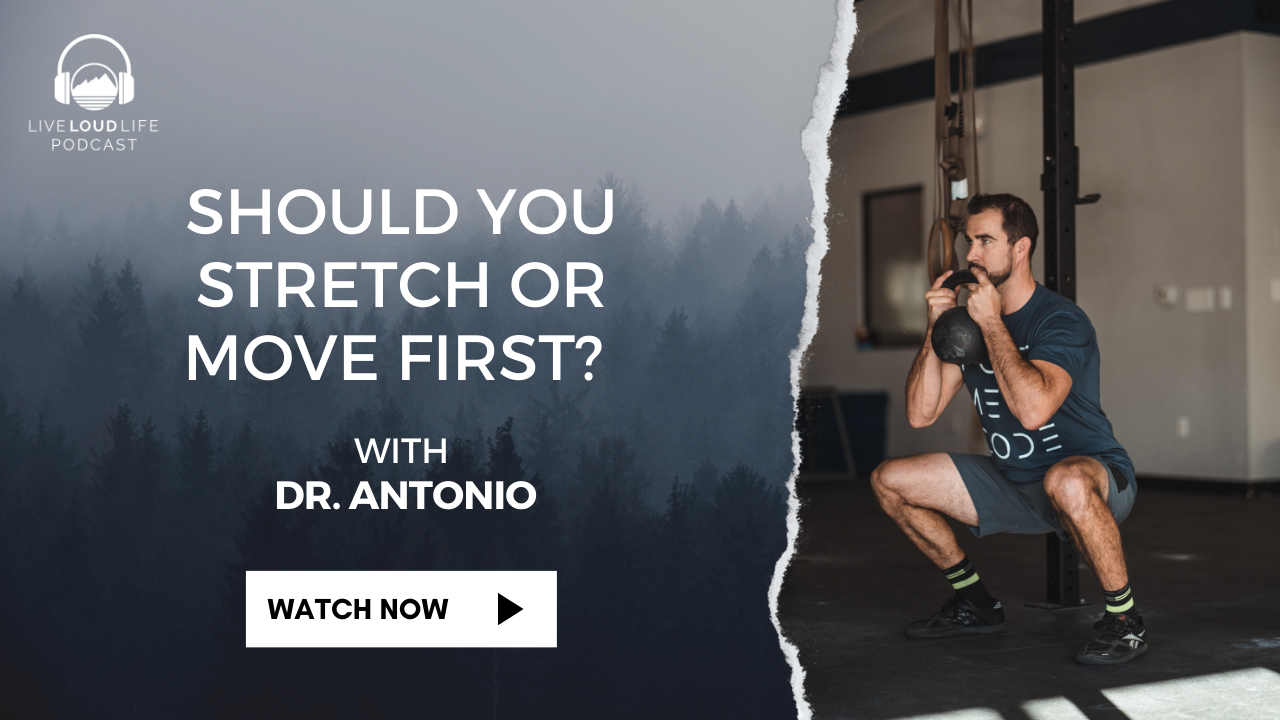Fix your Neck Pain Today | Neck Pain Recovery Explained
Are you currently suffering from neck pain?
Neck pain that might be acute, meaning to just happen recently, within the last few days or weeks? Or a chronic condition that you’ve been dealing with on and off for the last few months, if not even years?
Oftentimes, we hear people come into our office here at Live Loud Chiropractic in Lafayette, CO and just say, “oh, I have a bad neck. I have disc degeneration of degeneration of the spine. And that’s the reason why I have neck pain.”
Although neck pain might seem common, it is not uncommon for this condition to be mismanaged. Oftentimes, our patients are being put through the wringer whether that’s with massage, Acupuncture, PT, Chiropractic care, primary care, shots, or orthopedics, without the proper understanding of why the pain is even there in the first place.
PLAY VIDEO ⬇︎
If you’re dealing with neck pain, this blog is for you.
If you have a family member who has been dealing with either chronic or acute neck pain, and they’re looking for some support, please share this with them.
What will you get in this blog?
- break down the common causes of neck pain
- give you the Live Loud approach to handling neck pain and musculoskeletal conditions.
- A few of the tests we use to determine what the cause of pain is.
- Some things that you can do about the neck pain, right when you’re done reading this blog.
- A long-term approach to helping with neck pain
- The platform and the philosophy about how a movement-based approach really helps you as an individual deal with any sort of aches and pains that you might be having.
Overuse and Neck Pain
A lot of the issues that you’re going to be seeing with neck pain are overuse in nature, but it’s, almost from a stagnation perspective.
Your head weighs 12 to 20 pounds, and based on our somewhat sedentary lifestyle for Western civilization it puts a lot of tension on the back side of your neck. Thus, those muscles are constantly having to contract and hold crazy tension and tightness. Then we create this negative feedback loop.
Rule out any Structural Issues with your Neck Pain
What we’re going to first and foremost is make sure we rule out any sort of structural issues. Again, outside of you having trauma, an accident, etc the likelihood of this being the case goes down.
What we will have you do is:
- sit up nice and tall, and we just basically push down on the head.
- What we’re doing here is seeing if there’s any pain or trigger of symptoms.
- After that we’re going go to the side, and then to the other side.
One thing to consider, though, is, in the case of neck pain, if you’re having any sort of ridiculer symptoms, meaning you have numbness, tingling, or maybe pain down the arms, this is what we’re trying to look for. Maybe there is a disc issue or some sort of encroachment on a pinched nerve at the actual spinal level.
If those do not replicate then we’re going to be looking at the soft tissue structures within the super clavicular area. Which is right in the soft part of your neck where all the nerves come out of, but that’s what we’re trying to look at.
Basic Range of Motion with your Neck Pain
Now we’re going to look at basic range of motion:
- Tuck your chin down to your sternum.
- Look all the way up
- Back down,
- Look over your right shoulder
- Then look over your left shoulder
So active range of motion is good, we would assess passive range of motion as well to determine if there’s any sort of issues. For some people, they get neck pain when they’re working out – this means that there might be a technique flaw that we would have to address.
Commonly, we see this with overhead pressing, where someone is driving their neck through, essentially just creating a pinch point in their neck.
Range of Motion and Mobility in the Thoracic Spine & Neck Pain
The other thing that we have to look at is where does your head attach to the upper part of your back?
We have to address what the range of motion and mobility within the thoracic spine is to determine if that is affecting where the position of the head is. For this we will do a cat cow exercise.
With the cat cow exercise, we’re going to be looking for extension. In doing this we get a lot of spinal motion. To segment off where we want the mid back, you’ll come back to neutral, sit your butt back down through your heels, and do the same cat cow motion.
This way we can isolate more of the thoracic spine and see if there’s any sort of limitations. Commonly we’re seeing an extension limitation, meaning more rounded forward. When we’re rounded forward that’s going to put your head forward putting more pressure on your neck or that CT junction or where your neck meets your upper back.
Is Your Neck Pain coming from a Neighboring Area?
This is an important distinction of understanding. Is the neck issue actually coming from a different neighboring area? Or is it just from stagnation and not moving a lot?
Next, what we’re going to do is have you lay on your back face up. From a manual therapy side, we know there’s a ton of benefit from doing soft tissue work. Soft tissue work is something we at Live Loud like to pass off to you to do at home. This allows you to become autonomous in your care and address the tension that you might be feeling in between our sessions.
We’re going to be doing essentially just basic, pull and stretch motion to help work on any tight spots. This also helps me palpate to determine what areas we need to focus on more. Obviously, you as an individual will be able to feel where you’re tighter in certain areas, and are more tender, and you’ll want to focus on those. We’re just going to work all these different spots within this session, especially the suboccipital.
The Suboccipital and how important it is in affecting your Neck Pain!
The suboccipital is underneath your occiput, which is the base of your skull on the back. Why are these so important?
Well, many of us are doing some form of computer work nowadays, or on our cell phones, reading, whatever that is. These are directly tied to eye righting reflexes and leveling of the head.
So, if I am rounded, I’m going to have to tip my head up to be able to see level to the horizon. Oftentimes, these get extra tight. We’re going to do an extensive amount of work here with fingers, and or maybe dry needling to help relieve the tension here to open up range of motion.
What you can do at home for Neck Pain
Now, these can also be worked on at home. All you need are some trigger point balls and a yoga block. Trigger point balls are two balls that are basically together that are softer than a lacrosse ball and firmer than a tennis ball. These are going to basically cup and hug the suboccipital muscles.
You can take this exact same tool at home, to work on the tension in between our sessions, during your micro breaks, while you’re working on the computer or at work or whatever that might be.
Once you have trigger point balls and a yoga block you can set the balls on the yoga block and lay down placing them where they are cupping your suboccipital.
Once you do that you can start to turn your head side to side, up and down, and draw different shapes to hit different angles and corners to make sure you’re getting all the areas that you can.
Important note when you establish range of motion with Neck Pain
A couple important things to note, this goes true for any part of your body, once you’ve established more range of motion or decreased pain, you have to put that into context, you have to show the body that the pain that you previously had has improved, or that your range of motion has. One of the movements that I love, especially for the neck is called:
movement mapping for neck pain
What we want to assume is that we have this, imagine a space globe around your head, right, and you have a marker or something on the top of your head. Now, your goal is to cover the inside of the globe as best as you can.
So, you’re basically going to try to paint the inside of a globe and go through all of these different ranges of motion. Now the reason why we call it mapping is you’re going to have a better understanding about where your tight points are. Where maybe we’re getting some kinks in the system as well.
But more importantly, all the range of motion that we’ve been improving through adjustments and soft tissue work, you now can translate into better and more movement.
If you have questions about what this looks like take a look at the video!
Expand with Resistance Training
We would expand upon this too, with some sort of resistance training, whether that would be a plank, or even like a bird dog and something where you would have to stabilize and hold your neck and teach it what we want for range of motion and stability.
These are a few important tools that will help you handle your pain throughout the day, if it’s something that’s kind of chronic and or ebbs and flows based on how much you’re either at a computer, or how much you’re driving and commuting, all of which have the effects on how much load or pressure is going on to the neck.
But again, it also creates a frame of reference in context as to how you can improve your range of motion and gain more confidence with your neck rather than just staying stiff and turning your whole body when your necks hurting. If you continue to do that then your neck is just going to get tighter and tighter and build upon itself.
Test it out on your own to Help your Neck Pain!
If this was helpful, this would be a fantastic thing to at least test out on your own. What we’re really looking for as far as this movement mapping principle, right, is it not only helps you take away a lot of the pain and discomfort because again stagnation just makes you tighter.
We want to break up stagnation with movement, that simple. But as you improve range of motion, whether through adjustments, trigger point work at home, or in the office here at Live Loud Chiropractic. We have to create more context, if you don’t use the new range of motion that we’ve just established, then you’re just going to stay tighter, right?
You have to teach the body what you want it to do, as far as from a functionality point and just simply range motion, but also stability.
We here at Live Loud Chiropractic encourage you to take the exploration model that is by far the foundation of every part of my conversation, whether it’s neck pain, knee pain or shoulder pain as it helps you better understand where your sticky parts are, where you’re tight, and where it’s painful.
This way you have a better idea of what to avoid or what to what to dive in a little bit deeper on to see if you can improve it. This also creates a better context for me to have a conversation for you.
Final Thoughts on Neck Pain!
Whether you have a potentially chronic issue or something more acute where maybe you just woke up with neck pain and you feel like you can’t move.
We here at Live Loud Chiropractic in Lafayette, CO are always here to help and support you and your pains. Having more context around your neck pain will help determine what the best course of action for you is to help you get back to all the activities that you want to be able to do and live a loud life.




